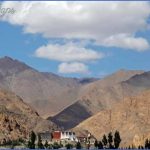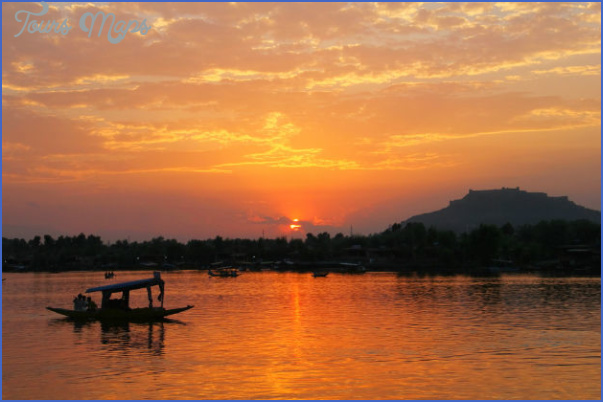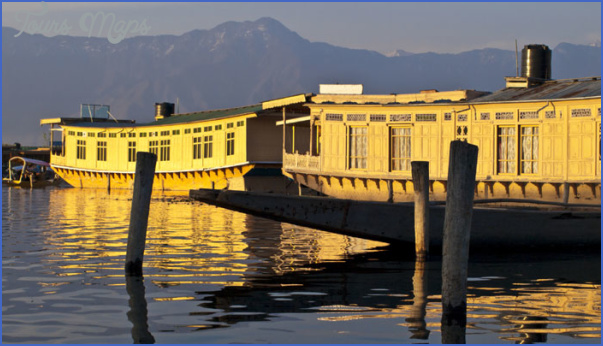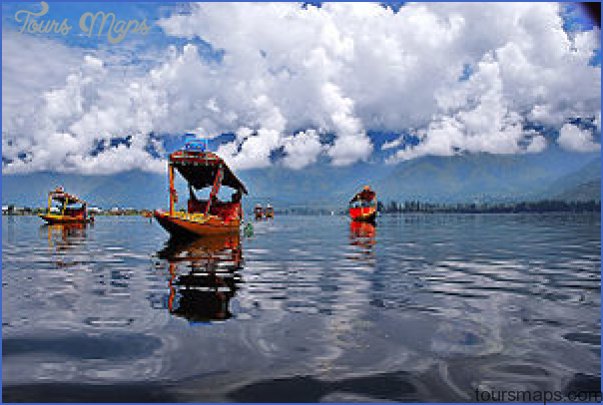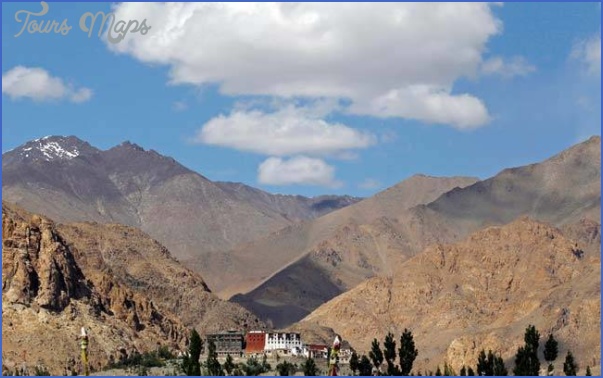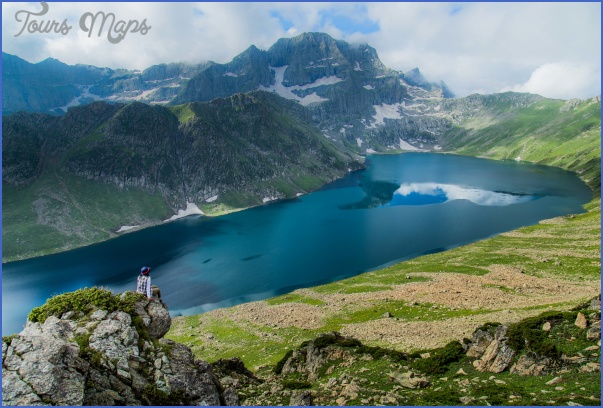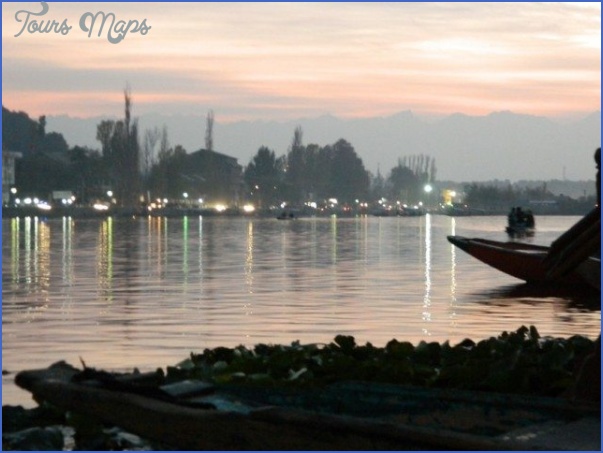It is not without a reason that Jammu & Kashmir is called the Heaven on Earth.’ Located in the northernmost part of India, it continues to intrigue our minds with its unparalleled and pristine beauty, vibrant and mystical culture, impressive ancient architecture reflected through its many monuments and buildings, and many places of religious veneration, places that hold great religious significance for a majority of the population of the country. Landing a sense of grace and upholding the indomitable spirit of the people of the region, is the mighty Himalayas which for many is also a lifeline.
When discussing Jammu and Kashmir, the debate is frequently not about why one should come here or what activities one can do while in Kashmir, but more about why would anyone like to miss out on some of the most exciting and revealing experiences that anyone would ever come across. Here we bring you a list of some of the hottest places that will convince you to pack your bags and head to Jammu and Kashmir.
Five places that leave footprints in your heart and make your travel worthwhile:
1. Gulmarg: The verdant beauty of Gulmarg, a popular hill station of India, has to be seen to be believed. Positioned close to the Line of Control between India and Pakistan, Gulmarg welcomes you with open arms you will be left smitten by the snow-capped mountains, and the never ending array of meadows brimming with flowers of different colors. Gulmarg means Meadows of Flowers’, so it is actually not a big surprise that you find a ridiculous variety of flowers in the region, many of which will easily make their way into your living room. The journey to Gulmarg through meandering roads, traditional villages, large expanse of meadows and forests really brings you alive and you will vouch that getting here is half the fun.
Things to do in Gulmarg: The average altitude of 2,690 m and the strategic location have helped Gulmarg turn into a prime destination for hiking and horse riding. Snow skiing is also a popular activity, but is restricted to the winter. And there is Gulmar Gondola, the second largest operational cable car in the world hop into a ride on this two-stage ropeway, capable of ferrying about 600 people/hour, and feel a thrill run through your body.
2. Pahalgam: Once the darling of Bollywood film makers, Pahalgam is one of the most-visited hill stations in the country. The hill station is flocked by family vacationers, adventure tourists and religious pilgrims as it has something interesting for and related to all these groups: trekking trails, religious shrines, alpine valleys many of which are crisscrossed by gushing rivers with the Lidder river being a notable mention, and glaciers like Kolhoi Glacier. Pilgrims have a special reason for visiting Pahalgam as they want to pay homage to Lord Shiva at the Amarnath Temple; in fact the Amarnath Yatra is a major event in the life of a Hindu.
Things to do in Pahalgam: Pilgrims visiting Amarnath Temple must brace themselves for a difficult journey as the journey on foot takes around 5 days. Other religious places you can head to include Mamaleshwar Temple and ancient Hindu temples in Awantipora. Trekking is a sought-after activity, especially on the Kolhoi Glacier and in the Aru region. Lovey-dovey types would like Betaab Valley, in some sense an epitome of love, as they can indulge in sightseeing and take in the grand view of the snow-clad mountains, verdant meadows, and thick forests.
3. Bahu Fort: Considered to be the oldest fort and edifice in entire Jammu, Bahu Fort was built some three hundred years ago by Raja Bahulochan and later improved upon and rebuilt by the Dogra rulers. The fort is though unlike many you have ever visited, as it is also a temple. Inside the fort, there is a temple of Goddess Kali, who is believed to be the presiding deity of Jammu. The fort is well-maintained and there is a strikingly beautiful terraced garden surrounding the place used by the city folk as a picnic spot. For those who don’t like the idea of carrying food along, there is a quaint little restaurant beside the garden where they can get a taste of Kashmiri delicacies. In close proximity to the fort is the Bagh-E-Bahu, a garden from the Mughal era, located on the banks of Tawi river. It overlooks the old city and the Tawi river and makes for a great sight.
4. Raghunath Temple: Situated right in the middle of the city, Raghunath Temple was built in 1857. The temple, which uses gold sheets to cover three sides of the interior of the complex, features a number of galleries showcasing hundreds of thousands of saligrams. The shrine has seven shrines with each having its own tower. A common thread that binds the temples surrounding Raghunath Temple is that they are dedicated to Gods and Goddesses who in some specific way are related to the epic Ramayana.
5. Peer Kho Cave: The Tawi river is host to three prominent temples, the Peer Kho Cave Temple, the Panchbakhtar Temple, and the Ranbireshwar Temple, which are dedicated to Shiva, the Hindu God. Though they are dedicated to the same God, yet people’s belief in each of these temples rests on different legends, and the rituals associated with them are also different. Peer Kho Cave, according to legends, was the cave where Jamvant (the bear god), a character from the Ramayana, meditated. The Ranbireshwar Temple, meanwhile, is famous for the twelve crystal Shiva lingams measuring between 12 and 18 inches.
Top 5 Reasons Why You Should Visit Jammu and Kashmir Photo Gallery
Maybe You Like Them Too
- Explore Deloraine, Canada with this detailed map
- Explore Daund, India with this Detailed Map
- Bakel, Netherlands A Visual Tour of the Town
- Explore Apapa, Nigeria with this Detailed Map
- Explore Angleton, Texas with this detailed map




